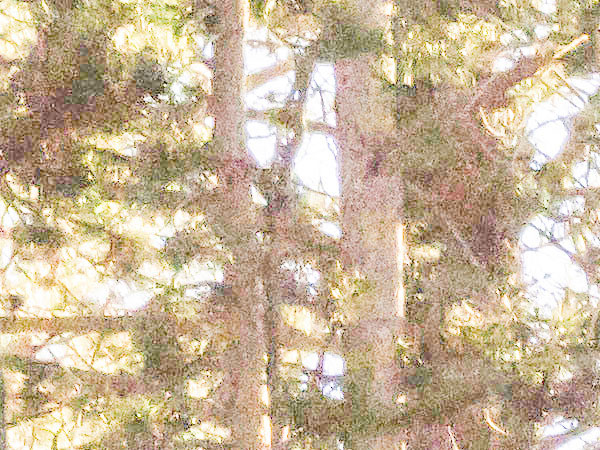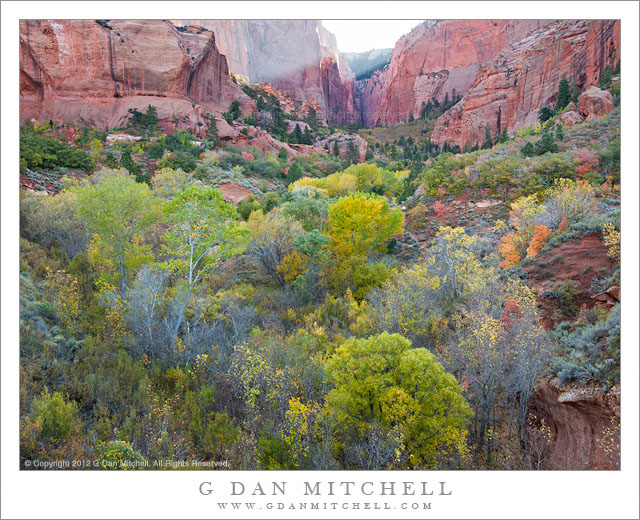Let’s say you are looking for a new camera. You want to make a smart decision, especially since you are sinking your hard-earned money into the purchase. You sure don’t want to make a mistake and end up with deficient gear. So you do the smart thing — you do some research. You look around on the web, find some articles, and you discover that there is a lot of contradictory information. Some tell you that Product X is wonderful, while others are adamant that Product X is pathetic and that Product Y is far superior. The Product X fans point out that Product Y is deficient in other critical ways by comparison to Product X.
You have some unanswered questions.
I keep hearing that Camera X has terrible noise compared to Camera Y. In fact, I found some photographs that demonstrate how bad this noise is. Why in the world would anyone get Camera X?!
Both sides provide “evidence.” Photographers love evidence, especially evidence of a failure to achieve divine technological perfection, and double-especially when the failure is demonstrated in a brand they don’t own. They get a little testy though, when the “evidence” makes their product look weak! (For a fun detour, look up the term confirmation bias on the web. Also, this is an important time for a reminder that photography is about photographs, not about cameras.)
I want to construct a little story for you based on “evidence.” We’ll start with evidence that makes a particular product (one that I rely on) look particularly bad. But before we start, you need to promise to read the whole thing. I’ll try to make it worthwhile.
OK, I promise to read it all, and with an open mind.
Good. Here we go.
Lots of people are concerned with the related issues of dynamic range (the camera’s ability to record image data from both light and dark sources in a single photograph) and noise (non-image artifacts that are, in a rough sense, sort of like “grain” on film).
I’ll begin with an example of noise in a photograph I made using the the new and very expensive Canon EOS 5Ds R, a 50.6MP full frame DSLR that Canon released recently.

Man, that is awful! That 5Ds R obviously produces terrible noise. It is so bad that the photograph is unusable, at least for anything other than an article demonstrating how bad it is! And the color is pathetically bad, too!
Yes. That image looks absolutely horrible!
Astute, critical thinkers are already wondering what went wrong here. Let me explain. Continue reading Photographic Myths and Platitudes — That Sensor Noise is Awful!

